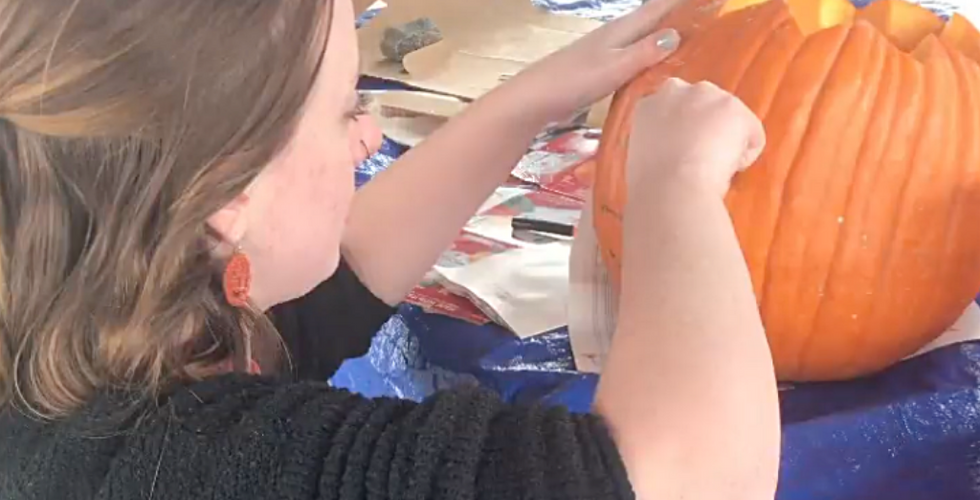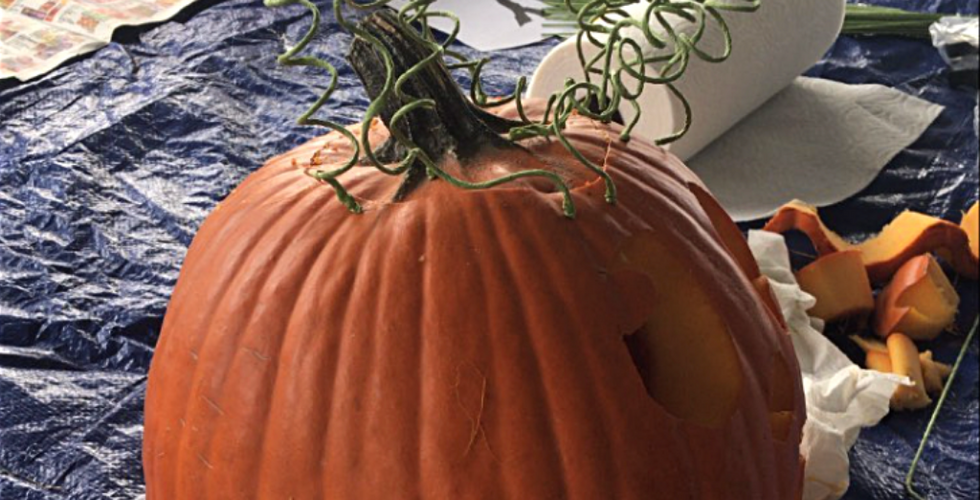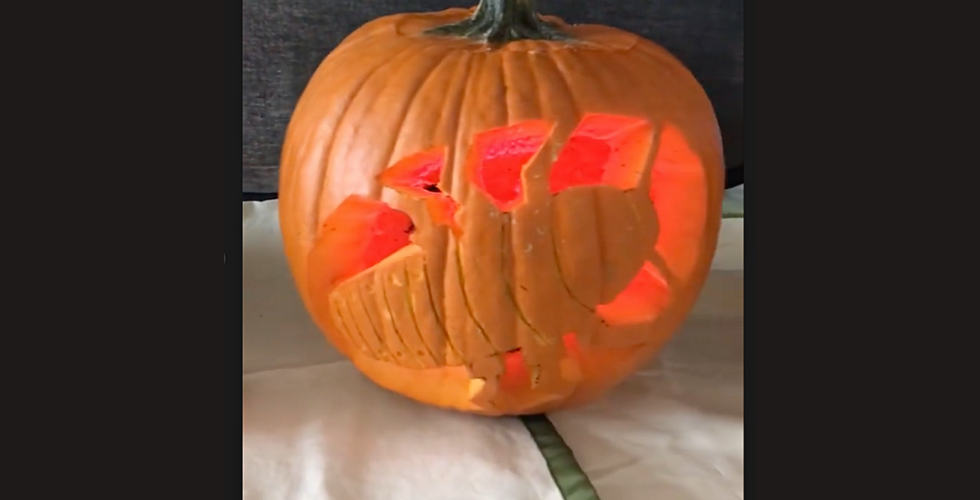The History of Pumpkins
- Rachel Dunn, Naturalist Educator
- Oct 25, 2021
- 4 min read
With Halloween right around the corner, I thought it would be the perfect time to write about the seasonal obsession: pumpkins. Let’s be honest, you know it’s fall because pumpkin spice treats show up in stores and restaurants, not because the leaves around you have begun changing colors or the weather has chilled. We might complain about the pumpkins, saying things like ‘it’s too early’ or ‘only basic people enjoy pumpkin spice’, but we all know that when the pumpkins show up our mindset changes. Some of us start bringing out the fall decor, some of us look forward to the cool temperatures, and some of us (me) begin preparing for the holidays. Pumpkins are a symbol of the season, but how did they gain that status? Hopefully we can find out together!

These days, pumpkins can be found on six continents (all but Antarctica), but they are native to Central America. Indigenous peoples cultivated pumpkin as early as 3500 B.C., making it one of the oldest known crops (unsurprisingly, the other oldest crop is corn). Pumpkins spread across North America and became a vital cool season vegetable for many native groups. The flesh and seeds could be roasted and eaten, and strips of dried pumpkin could be woven into mats; it’s a very versatile vegetable. The first version of a pumpkin pie was made when immigrants from Europe mixed milk, honey, and spices inside a pumpkin and baked it in hot ashes.
We now know that pumpkins have been a major part of human history in the Americas going back thousands of years, but that still doesn’t explain why they’re so popular today. The easy explanation is nostalgia. The memories I have associated with pumpkins are positive and I like reliving them year after year. When I was a child, my parents would take me and my brother to a you-pick pumpkin patch. We got to snack on farm-fresh produce, go on tractor rides, but most importantly, we got to pick our perfect pumpkins for Jack-O-Lanterns.
Jack-O-Lanterns: an icon, an artform, and for many people a vital part of Halloween. The act of picking out the perfect pumpkin, hallowing it out, carving a face, and finally placing a light inside help set the mood for a night of candy and costumes. While the tradition of making a Jack-O-Lantern provides fond memories for many, the history of the Jack-O-Lantern is rooted in remembering the dead.

The origin of the Jack-O-Lantern can be traced back to Ireland and Scotland, when pagan peoples would save the skulls of their dearly deceased and light candles inside them for Samhain (pronounced Sau-ihn). The practice was meant to attract the souls of loved ones home for a night while also scaring away evil spirits. Over time, people began using vegetables with faces carved into them instead of actual skulls; the most commonly used vegetables were turnips and potatoes, which resembled the white bone of a real skull. The name Jack-O-Lantern came years after the practice had started, from the folk story of Stingy Jack. It was said that Jack tricked the devil to stay out of Hell but Heaven wouldn’t take him after his life of deceit. Stingy Jack’s soul was cursed to roam the Earth with only a burning coal in a turnip to light his way (sometimes you can see floating lights in the bogs of Ireland; some say those lights are Jack’s soul still wandering the land).

When Irish immigrants came to America, they brought their traditions and discovered something new - pumpkins! While this orange gourd lacked the bone white color of turnips, it was easy to carve and cast a beautiful orange glow when lit, making it perfect for Jack-O-Lanterns in a new home. These days, Jack-O-Lanterns are an artform; people test their skills carving elaborate images into the flesh of pumpkins. It is as much fun to walk through neighborhoods and check out the Jack-O-Lanterns as it is to dress in costume and ask for candy.
Fun fact: pumpkins play a major role in autumn celebrations across the nation but Illinois holds the title of pumpkin capital in the United States. In 2019, Illinois produced an estimated 40,000 pounds per acre of pumpkins! California and Texas came in close second with 30,000 pounds per acre, but that’s still 10,000 pounds short. Most of the pumpkin grown in the United States is processed - it becomes pie filling, baking mixes, oils, coffee, ice cream, and even dog and cat food (pumpkin is good for their health too). Only about 20% of the pumpkins grown are sold whole for carving, decor, or cooking. With over 50 varieties and counting, whatever you need a pumpkin for there is one to fit your needs!

Our obsession with pumpkins dates back ages so this symbol of autumn is here to stay. With a number of holidays coming up fast, now is the perfect time to share and create some great pumpkin memories with your loved ones. Find a new recipe to try, challenge yourself to carve a unique Jack-O-Lantern, find a local farmer selling pumpkins and support a small business. Whatever you do this season, have fun and enjoy the pumpkin spice.
Check out photos from the Parks Foundation pumpkin carving contest in the gallery below! Still not enough pumpkins for you? Click here to learn about sustainable pumpkin carving (plus a fun experiment using Halloween candy) from our Explorations newsletter for kids.










































































porn scam porn scam porn scam porn scam porn scam porn scam porn scam porn scam porn scam porn scam
Bos5000 Bos5000
situs slot gacor 4d terpercaya
and a pact between their parents to get rid of it, before the video abruptly ends.empire88
Seu blog é realmente incrível, gostei muito de lê-lo
slot777